N-Benzylcinchonidinium chlorideCAS# 69257-04-1 |

Quality Control & MSDS
3D structure
Package In Stock
Number of papers citing our products
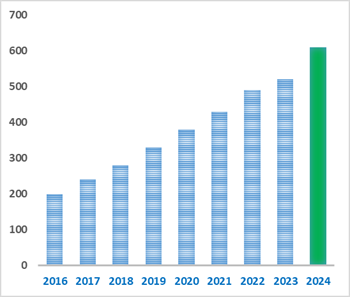
| Cas No. | 69257-04-1 | SDF | Download SDF |
| PubChem ID | 118797046 | Appearance | Powder |
| Formula | C26H29ClN2O | M.Wt | 421.0 |
| Type of Compound | N/A | Storage | Desiccate at -20°C |
| Solubility | Soluble in Chloroform,Dichloromethane,Ethyl Acetate,DMSO,Acetone,etc. | ||
| Chemical Name | (R)-(1-benzyl-5-ethenyl-1-azoniabicyclo[2.2.2]octan-2-yl)-quinolin-4-ylmethanol;chloride | ||
| SMILES | C=CC1C[N+]2(CCC1CC2C(C3=CC=NC4=CC=CC=C34)O)CC5=CC=CC=C5.[Cl-] | ||
| Standard InChIKey | FCHYSBWCOKEPNQ-WOIURNJWSA-M | ||
| Standard InChI | InChI=1S/C26H29N2O.ClH/c1-2-20-18-28(17-19-8-4-3-5-9-19)15-13-21(20)16-25(28)26(29)23-12-14-27-24-11-7-6-10-22(23)24;/h2-12,14,20-21,25-26,29H,1,13,15-18H2;1H/q+1;/p-1/t20?,21?,25?,26-,28?;/m1./s1 | ||
| General tips | For obtaining a higher solubility , please warm the tube at 37 ℃ and shake it in the ultrasonic bath for a while.Stock solution can be stored below -20℃ for several months. We recommend that you prepare and use the solution on the same day. However, if the test schedule requires, the stock solutions can be prepared in advance, and the stock solution must be sealed and stored below -20℃. In general, the stock solution can be kept for several months. Before use, we recommend that you leave the vial at room temperature for at least an hour before opening it. |
||
| About Packaging | 1. The packaging of the product may be reversed during transportation, cause the high purity compounds to adhere to the neck or cap of the vial.Take the vail out of its packaging and shake gently until the compounds fall to the bottom of the vial. 2. For liquid products, please centrifuge at 500xg to gather the liquid to the bottom of the vial. 3. Try to avoid loss or contamination during the experiment. |
||
| Shipping Condition | Packaging according to customer requirements(5mg, 10mg, 20mg and more). Ship via FedEx, DHL, UPS, EMS or other couriers with RT, or blue ice upon request. | ||

N-Benzylcinchonidinium chloride Dilution Calculator

N-Benzylcinchonidinium chloride Molarity Calculator
| 1 mg | 5 mg | 10 mg | 20 mg | 25 mg | |
| 1 mM | 2.3753 mL | 11.8765 mL | 23.753 mL | 47.5059 mL | 59.3824 mL |
| 5 mM | 0.4751 mL | 2.3753 mL | 4.7506 mL | 9.5012 mL | 11.8765 mL |
| 10 mM | 0.2375 mL | 1.1876 mL | 2.3753 mL | 4.7506 mL | 5.9382 mL |
| 50 mM | 0.0475 mL | 0.2375 mL | 0.4751 mL | 0.9501 mL | 1.1876 mL |
| 100 mM | 0.0238 mL | 0.1188 mL | 0.2375 mL | 0.4751 mL | 0.5938 mL |
| * Note: If you are in the process of experiment, it's necessary to make the dilution ratios of the samples. The dilution data above is only for reference. Normally, it's can get a better solubility within lower of Concentrations. | |||||

Calcutta University

University of Minnesota

University of Maryland School of Medicine
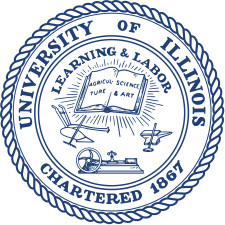
University of Illinois at Chicago
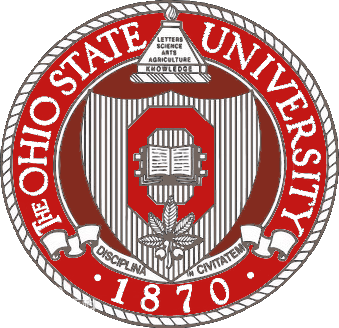
The Ohio State University

University of Zurich

Harvard University

Colorado State University
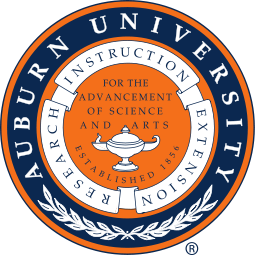
Auburn University

Yale University

Worcester Polytechnic Institute
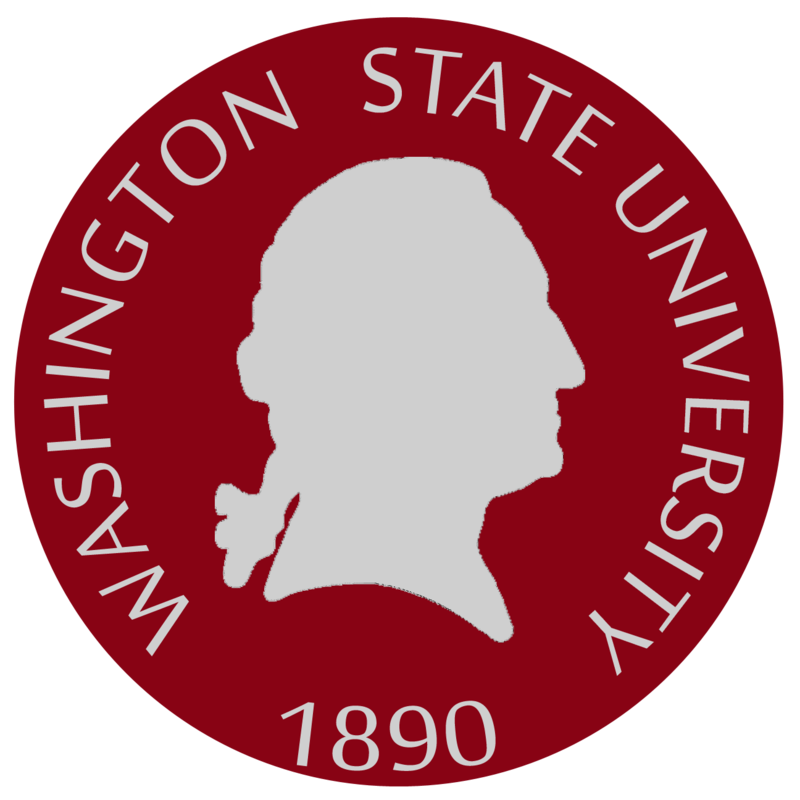
Washington State University
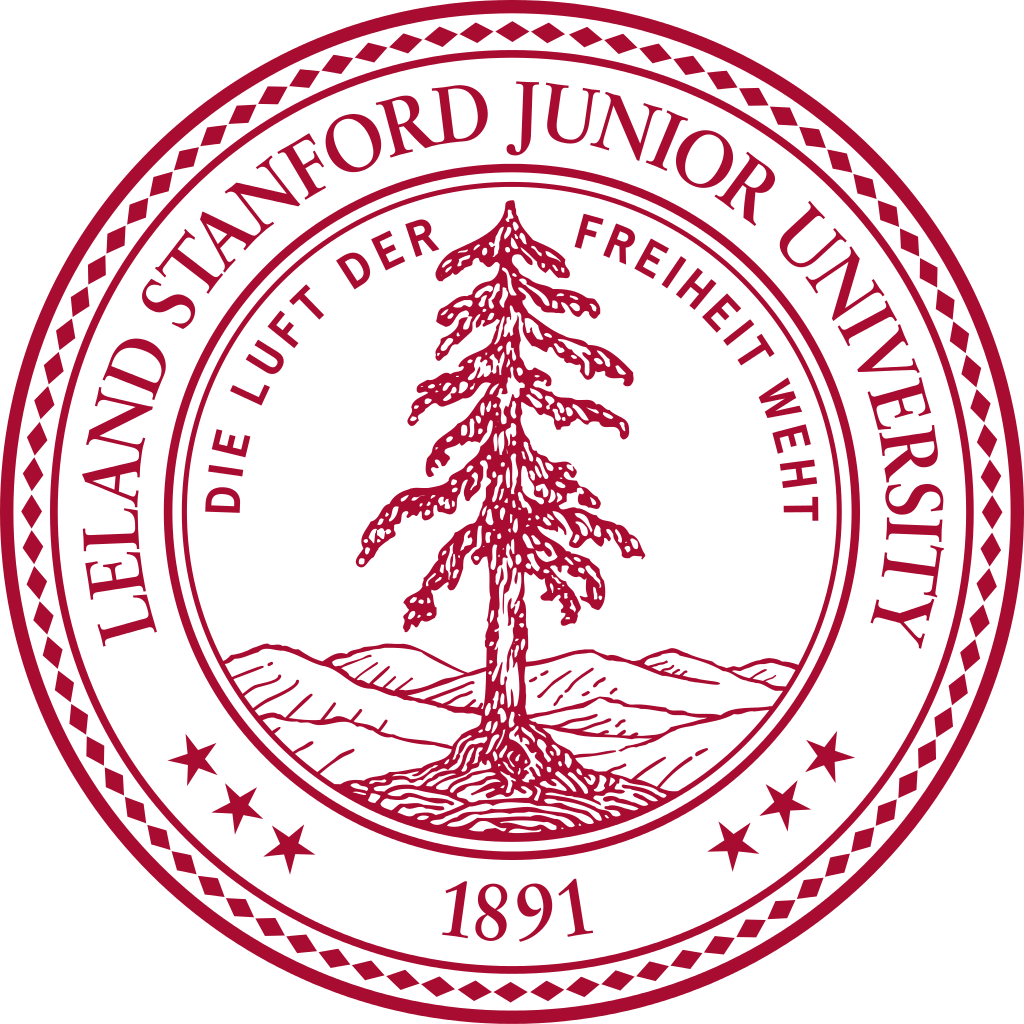
Stanford University

University of Leipzig
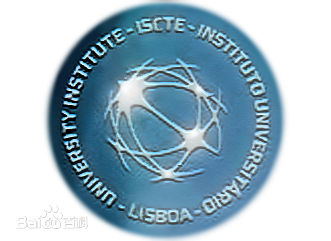
Universidade da Beira Interior
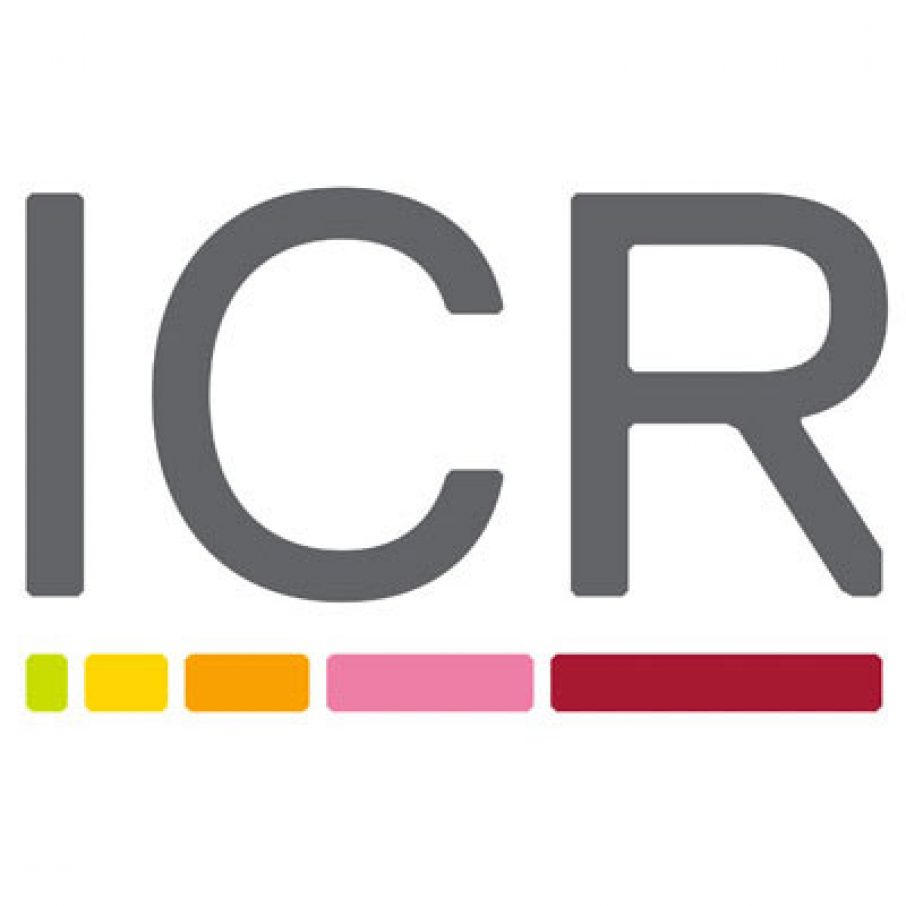
The Institute of Cancer Research
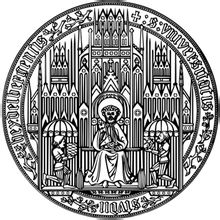
Heidelberg University

University of Amsterdam
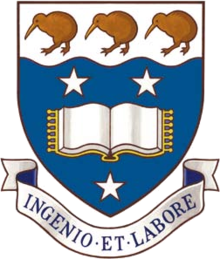
University of Auckland

TsingHua University
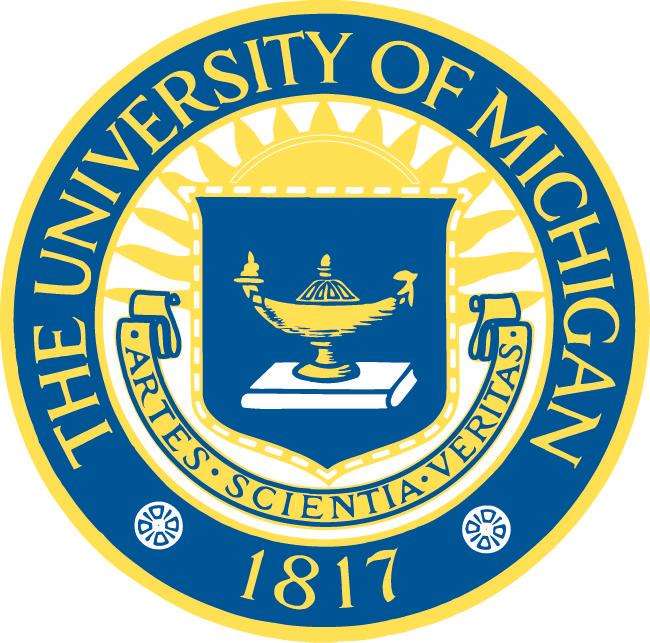
The University of Michigan

Miami University
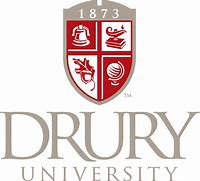
DRURY University
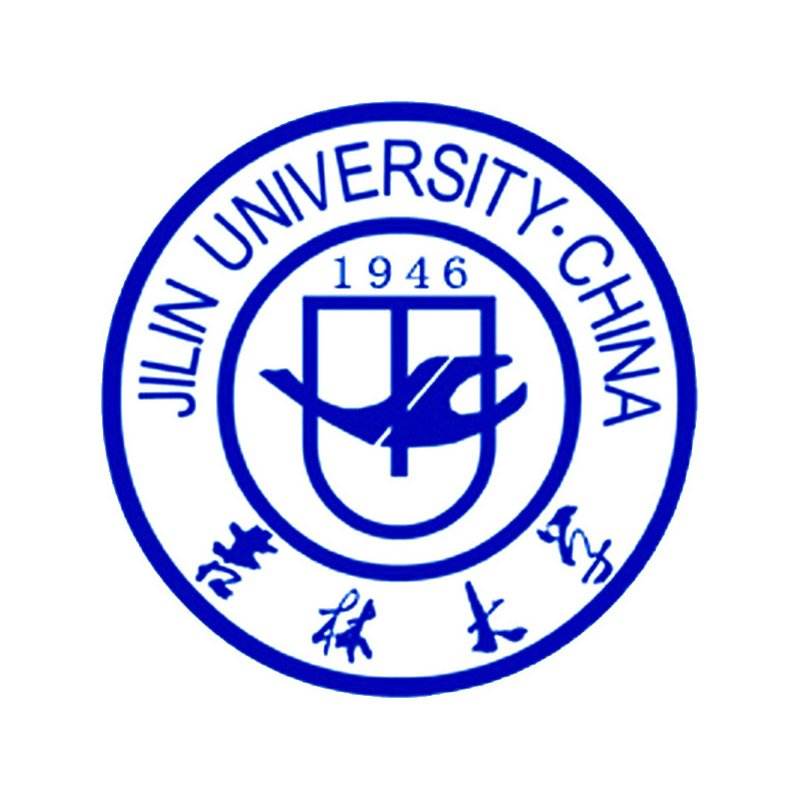
Jilin University

Fudan University

Wuhan University

Sun Yat-sen University

Universite de Paris

Deemed University

Auckland University

The University of Tokyo

Korea University
- 1,2,3-Tri-O-methyl-7,8-methyleneflavellagic acid
Catalog No.:BCN7205
CAS No.:69251-99-6
- Pinoresinol 4-O-beta-D-glucopyranoside
Catalog No.:BCN1376
CAS No.:69251-96-3
- Osthol hydrate
Catalog No.:BCN1377
CAS No.:69219-24-5
- 2'-Hydroxy-4'-methylacetophenone
Catalog No.:BCN7751
CAS No.:6921-64-8
- (±)-Hexanoylcarnitine chloride
Catalog No.:BCC6680
CAS No.:6920-35-0
- Nesbuvir
Catalog No.:BCC1796
CAS No.:691852-58-1
- (2S,3R,E)-2-Amino-4-heptadecene-1,3-diol
Catalog No.:BCN1765
CAS No.:6918-48-5
- Gomisin N
Catalog No.:BCN2271
CAS No.:69176-52-9
- Tigloylgomisin P
Catalog No.:BCN6926
CAS No.:69176-51-8
- Malic acid
Catalog No.:BCN2699
CAS No.:6915-15-7
- Aromadendrin 7-O-rhamnoside
Catalog No.:BCN8114
CAS No.:69135-41-7
- Fiacitabine
Catalog No.:BCC1574
CAS No.:69123-90-6
- Harpagide
Catalog No.:BCN4996
CAS No.:6926-08-5
- 8-O-Acetylharpagide
Catalog No.:BCN4256
CAS No.:6926-14-3
- 3-beta-O-(cis-p-Coumaroyl)maslinic acid
Catalog No.:BCN1375
CAS No.:69297-40-1
- 12-Aminolauric acid
Catalog No.:BCC8436
CAS No.:693-57-2
- (R)-baclofen
Catalog No.:BCC4503
CAS No.:69308-37-8
- H-Ile-OtBu.HCl
Catalog No.:BCC2965
CAS No.:69320-89-4
- CYC116
Catalog No.:BCC2181
CAS No.:693228-63-6
- CPPHA
Catalog No.:BCC1501
CAS No.:693288-97-0
- 2-Benzylaminopyridine
Catalog No.:BCC8565
CAS No.:6935-27-9
- Obtucarbamate A
Catalog No.:BCN3936
CAS No.:6935-99-5
- Galanthamine hydrochloride
Catalog No.:BCC8277
CAS No.:5072-47-9
- Boc-D-Thr(Bzl)-OH
Catalog No.:BCC3454
CAS No.:69355-99-3
Practical synthesis of chiral 9,9'-spirobixanthene-1,1'-diol.[Pubmed:17268642]
Org Biomol Chem. 2006 Dec 21;4(24):4474-7.
A concise four-step synthesis of 9,9'-spirobixanthene-1,1'-diol is reported, featuring a practical preparation at large scale without the use of column chromatography purification. Co-crystallization with N-Benzylcinchonidinium chloride and N-benzylquininium chloride rendered the optically pure product in both enantiomers.
2,8'-disubstituted-1,1'-binaphthyls: a new pattern in chiral ligands.[Pubmed:12561104]
Chemistry. 2002 Oct 18;8(20):4633-48.
The title binaphthyls 19 and 26, which are the positional isomers of 2-methoxy-2'-(diphenylphosphino)-1,1'-binaphthyl (MOP, 19) and 2-amino-2'-hydroxy-1,1'-binaphthyl (NOBIN, 26), have been synthesized by Suzuki coupling as the key step (10 + 15-->18), followed by functional group transformations, involving C-P and C-N bond formation (18-->19 and 18-->23). Racemic intermediate 22 was resolved by co-crystallization with N-Benzylcinchonidinium chloride and the absolute configuration determined by X-ray crystallography. These novel binaphthyls are configurationally stable and, as such, potentially usable as chiral ligands in asymmetric reactions. Michael addition of the glycine-derived enolate 40 to methyl acrylate, carried out in the presence of (R)-(-)-27 as the chiral phase-transfer catalyst, afforded L-glutamic acid (S)-(+)-43 of 92% ee (after hydrolysis of the primary product).
Copper(II)-mediated oxidative coupling of 2-aminonaphthalene homologues. Competition between the straight dimerization and the formation of carbazoles.[Pubmed:11312967]
J Org Chem. 2001 Feb 23;66(4):1359-65.
Whereas the Cu(II)-mediated oxidative coupling of 2-aminonaphthalenes 7a and 7b results in the clean formation of 1,1'-binaphthyls 13a and 13b, respectively, their higher homologues and congeners 8-12 have been found to exhibit a different reaction pattern. Thus, 2-aminoanthracene (8) gave a approximately 1:1 mixture of the expected bianthryl derivative 15 and the carbazole 16, whereas the 9-aminophenanthrene (10), 3-phenyl-1-aminonaphthalene (11), and 2-aminochrysene (12) produced almost exclusively the corresponding carbazoles 19, 20, and 21, respectively. By contrast, the isomeric 3-aminophenanthrene (9) gave rise to the azo compound 17 as a result of the preferential oxidation on the nitrogen. The carbazoles have been shown to arise directly from the coupling reactions rather than from the primarily formed binaphthyls. Alternatively, carbazole 19 can also be prepared from 1b on reaction with hydrazine. On the other hand, treatment of 3a with hydrazine resulted in the formation of a approximately 2:7 mixture of amine 11 and arylhydrazine 22. 2,2'-Diamino-1,1'-bianthryl (15) has been resolved into enantiomers via cocrystallization with (-)-N-Benzylcinchonidinium chloride and shown to have (R)-(-)-15 configuration by X-ray crystallography.


